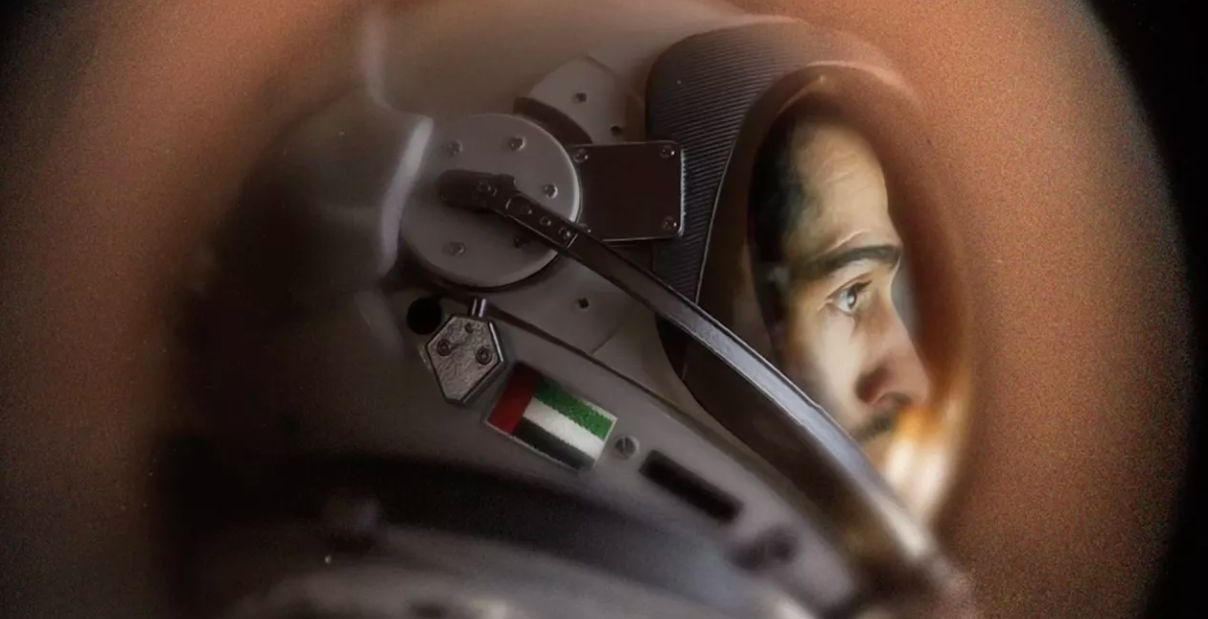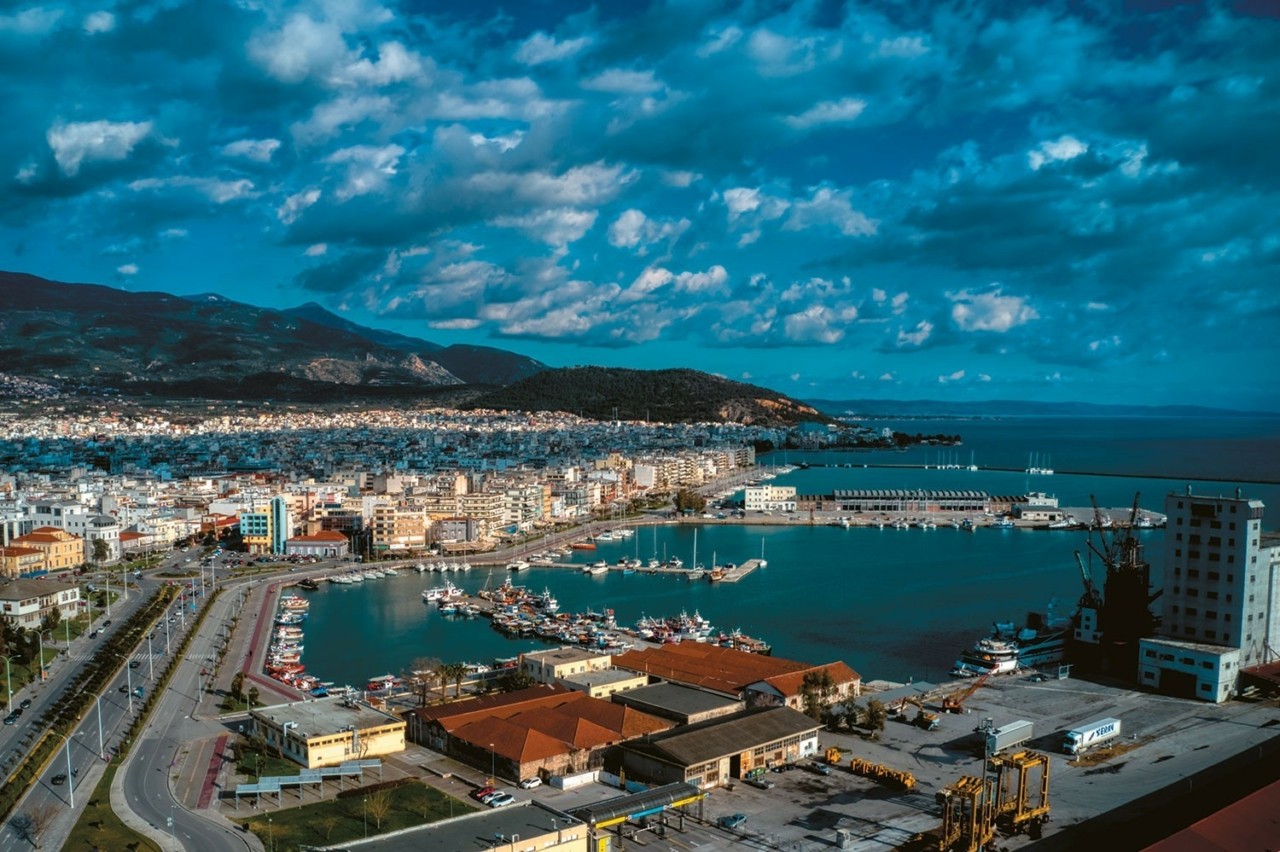When the United Arab Emirates’ Hope satellite reaches Mars in 2021, it’ll be the first probe to offer a full picture of the Martian atmosphere, providing a holistic view of how Mars’ climate varies throughout the year. But here on Earth, it may achieve something even more important: providing hope to a younger generation, bringing more women into STEM and promoting collaboration between nations.
There’s something else that makes it a first: Hope is the first interplanetary mission led by an Arab, Muslim-majority country.
“The intent was not to put a message or declaration to the world,” says Sarah Al Amiri, chair of the UAE Council of Scientists and deputy project manager for the Emirates Mars Mission. “It was, for us, more of an internal reinforcement of what the UAE is about.”
The satellite, which launches from Japan in July, will study the connections between the red planet’s lower and upper atmosphere and look into what causes the loss of hydrogen and oxygen into space. After achieving its orbit around Mars in February 2021, it’ll collect data for two years. There’s also an option to extend the mission to 2025.
It’s no coincidence Hope will arrive at Mars the year the UAE celebrates its 50th anniversary. The mission is an act of resilience for the young nation. When the UAE announced in 2014 that it would launch the Hope Mars Mission, it was a tumultuous time for the region. Throughout the Middle East, nations were (and many still are) embroiled in anti-government protests and uprisings. Terrorist organizations like ISIS were gaining a stronghold, and recruiting efforts were focused on one particular group: young people.
Read more: cnet
Ask me anything
Explore related questions





